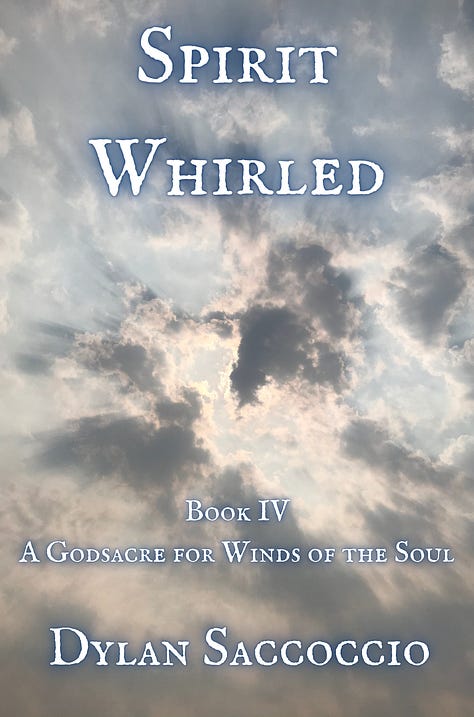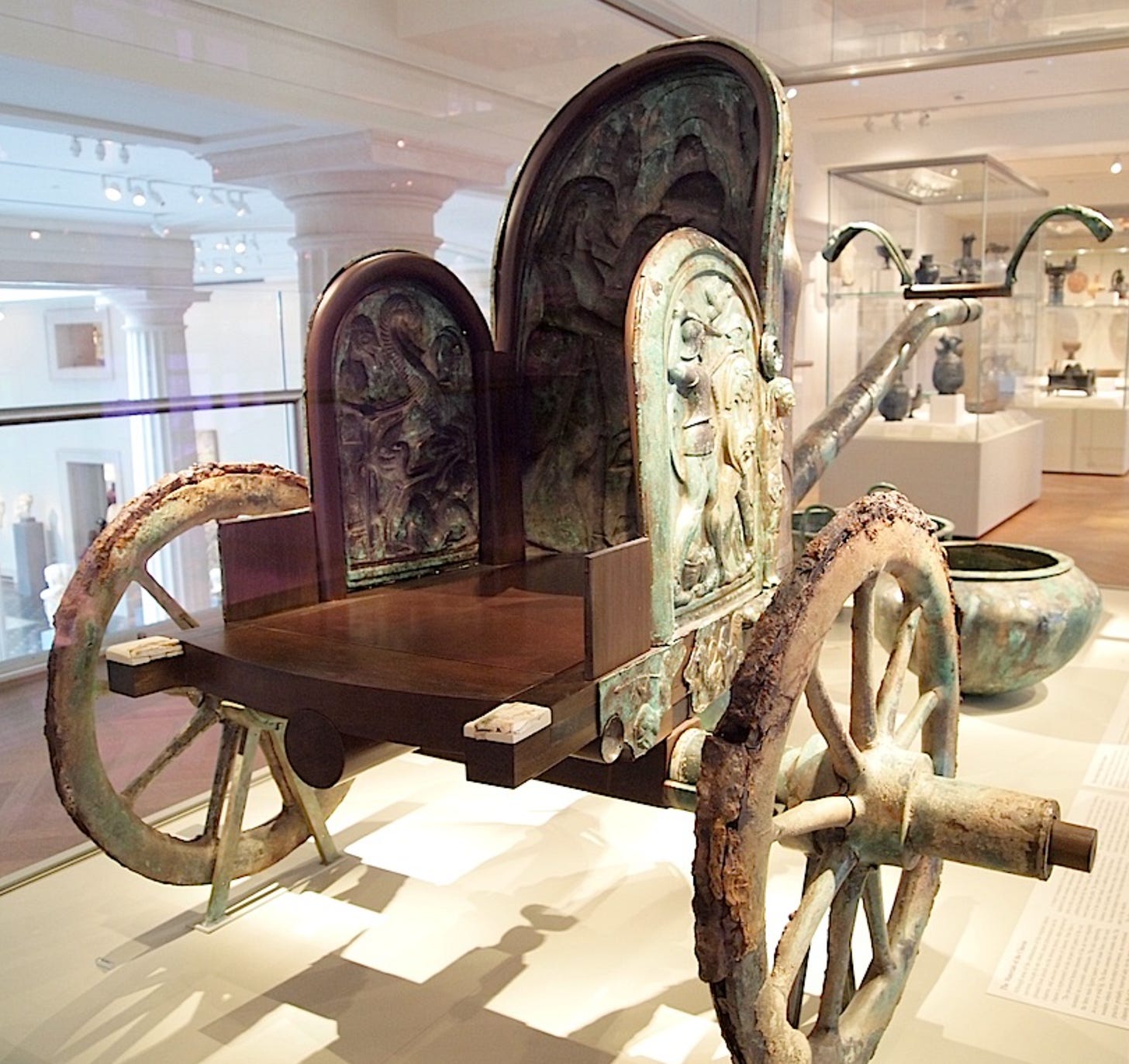Fresh Batch #88: Are Etruscans and Phoenicians Indigenous to Italy?
Phenotypes, Urnfields, and Artifacts Prove There Was No Mass Migration Into Italy from the East or North
The phenotype of my ancient Roman family (allegedly descended from Alba Longa), whose name is Etruscan, is clearly not from the Orient. Grant wrote (The Etruscans, p. 78), “A large element in the culture of Italy and Etruria during the centuries before and after 1000 BC has a central European rather than an east European appearance. In other words these features, it has been argued, may have arrived in Etruria at about that time, not from the east, across the Ionian (Adriatic) Sea, but from the north across the Alps. This must be true, in particular, of the introduction of cremation tombs (in contrast to the inhumation rite which had previously been universal). In these tombs the ashes were contained in cinerary urns arranged in cemeteries known as urnfields (the earliest Etruscan urn-fields were concentrated in the Tolfa-Allumiere region; Potter, pp. 48f), of which the Italian examples present an unmistakable analogy with the urnfields of the Danubian area that have given their name to a whole great second millennium urnfield culture, based on the control of vital commodities such as copper (which these central Europeans were experts at working) and salt. The cremation tombs of Etruria seem to reflect the influence of this civilization.”
Grant also noticed the difficulty in proving that the Etruscans migrated from north (Ib. p. 80), “The northern elements in central Italian life weaken still further the belief that there was a mass migration into Etruria from the east in the last centuries of the second millennium BC. Do they, however, suggest that there was a mass migration from the north, across the Alps, as well or instead? Once again, this is scarcely likely. There is the usual peril of deducing ethnic movements from customs, and the further difficulty of envisaging such a mass operation. And, thirdly, although cremation in urnfields prevailed across the Alps, it is by no means certain that this was the route by which the practice reached Italy, owing to the disconcerting fact that it seems to have spread through the peninsula from south to north. In conclusion, then, there is no clear evidence for a mass migration into Etruria just before or after the end of the second millennium BC, either from the east or from the north.”
This leaves two options, either they settled that region by maritime endeavors from some advanced culture like the Phoenicians, or they are original Europeans who were indigenous to Italy and became an advanced maritime culture on account of their location, a culture that is now referred to as the Phoenicians. I suspect the latter. According to Cristofani (Etr., p. 75), cited by Grant, “Though language does not necessarily coincide with race or racial movements, the presence of many Italian loan-words and names in Etruscan suggests that the Etruscan language was at home in Italy for some time before c. 700 BC.”






Become a member to access the rest of this article.
Keep reading with a 7-day free trial
Subscribe to Ancient History, Mythology, & Epic Fantasy to keep reading this post and get 7 days of free access to the full post archives.




